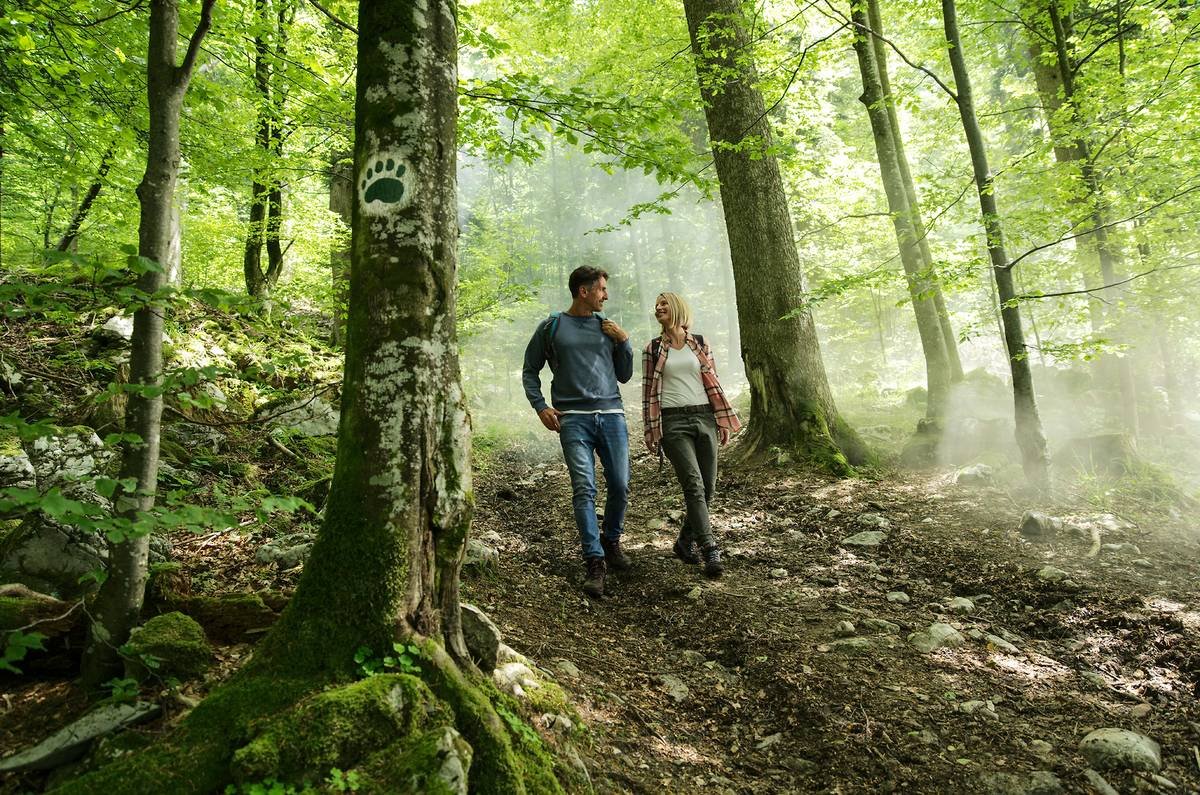
Forests in Slovenia: natural treasure
Slovenia, a small country nestled in the heart of Europe, is often celebrated for its stunning landscapes, rich biodiversity, and commitment to conservation. Among its numerous natural wonders, the forests of Slovenia stand out as one of the country’s most valuable assets, covering over 58% of its territory. This extensive forest cover makes Slovenia one of the most forested countries in Europe, highlighting the importance and significance of these wooded areas to its ecology, economy, and culture, CE Report reports.
The Diversity of Slovenian Forests
Slovenia's forests are characterized by their remarkable diversity, both in terms of tree species and ecosystems. The country is home to three primary types of forests: deciduous, coniferous, and mixed forests.
Deciduous Forests: Dominated by species such as oak, beech, and maple, these forests are predominantly found in the lowland regions and lower mountain slopes. The rich undergrowth supports a variety of wildlife, including deer, numerous bird species, and a plethora of insect life.
Coniferous Forests: Found primarily in the higher altitudes of the Julian Alps and the Kamnik-Savinja Alps, these forests are largely made up of spruce, fir, and pine. The dense canopies of these trees provide essential habitats for various mammals and birds, including the elusive Eurasian lynx and capercaillie.
Mixed Forests: Typically found transitional zones between deciduous and coniferous regions, mixed forests host a combination of both types, contributing to the rich biodiversity that Slovenian forests are known for.
Ecological Significance
Forests play a crucial role in Slovenia's environment. They are vital for carbon sequestration, helping to mitigate climate change by absorbing significant amounts of CO2. Additionally, they contribute to soil conservation and water management, protecting the watershed areas that are crucial for the country’s rivers and streams.
The forests also serve as essential habitats for the country's rich biodiversity. Slovenia is home to many endangered and endemic species, making its forests crucial for wildlife preservation. Conservation efforts are underway to protect not only the flora and fauna within these woods but also the entire ecosystem that supports them.
Economic Contributions
Beyond their ecological value, Slovenia's forests are an important component of the national economy. The forestry sector contributes significantly to the country's GDP, providing jobs and supporting local communities. Sustainable forest management practices have gained prominence in Slovenia, ensuring that timber production is balanced with conservation efforts. Slovenia’s wood products are recognized for their quality and sustainability, positioning the country as a leader in eco-friendly forestry.
Tourism is another vital part of the economic benefits derived from Slovenia's forests. The breathtaking landscapes attract visitors from around the world, offering opportunities for hiking, biking, and eco-tourism. The extensive network of trails among Slovenia’s forests, particularly in places like Triglav National Park and the Soča Valley, allows visitors to experience the beauty of nature firsthand while fostering an appreciation for environmental conservation.
Cultural and Spiritual Importance
Forests in Slovenia are not just ecological and economic resources; they are also deeply embedded in the country's cultural identity. Throughout Slovenian history, forests have played a role in folk tales, legends, and traditions, symbolizing both the beauty and mystery of nature. Many Slovenes have a profound connection to the forests, viewing them as sanctuaries and sources of inspiration.
Annual events, such as tree planting initiatives and forest-based festivals, celebrate this connection and encourage greater public involvement in forest conservation. The forests also host a myriad of cultural sites, from ancient ruins to local shrines, making them a link between the contemporary population and their ancestors.
Challenges and Conservation Efforts
Despite their many benefits, Slovenia's forests face several challenges. Climate change, invasive species, and the pressures of urbanization threaten the health and stability of these ecosystems. Additionally, increased tourism, while economically beneficial, poses risks to the delicate balance of forest ecosystems.
In response to these challenges, Slovenia has implemented various conservation programs aimed at protecting its forests. The government, along with NGOs and local communities, is actively engaged in sustainable forest management practices that prioritize conservation, biodiversity protection, and responsible tourism.
Conclusion
Slovenia's forests are a treasure trove of ecological, economic, and cultural significance. Covering more than half of the country, they embody a vital part of Slovenia's natural heritage. As Slovenia continues to navigate the challenges of modern society, the preservation and sustainable management of its forests will be crucial for maintaining the balance between nature and development. By valuing and protecting these lush landscapes, Slovenia ensures a healthier environment and a richer cultural legacy for future generations.
























